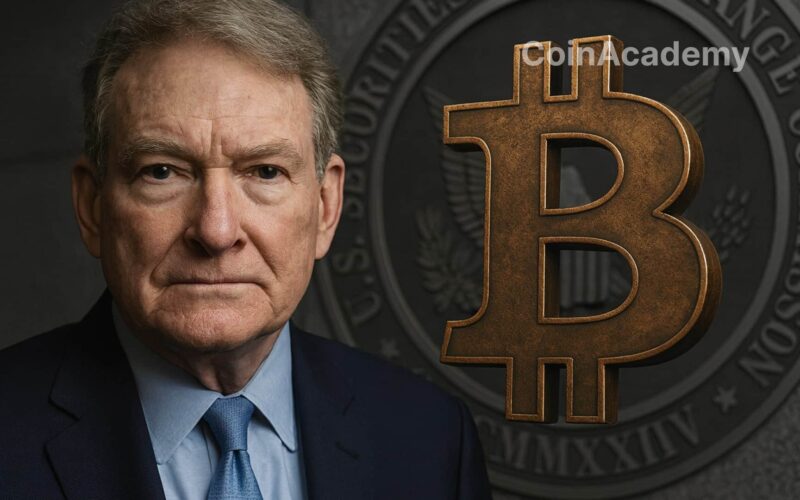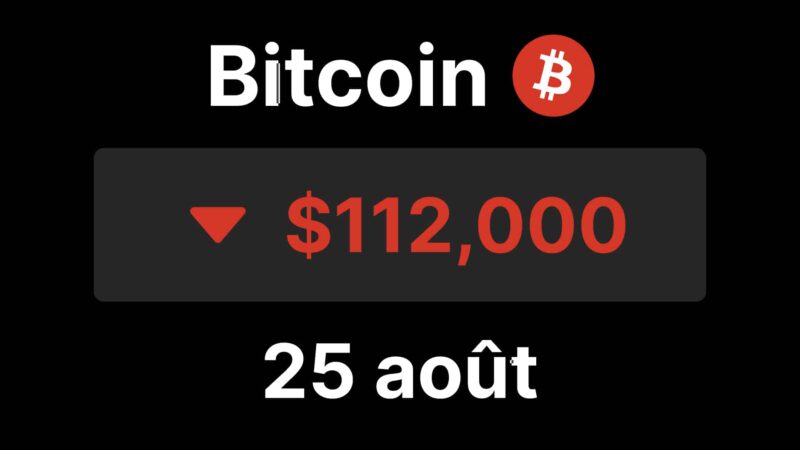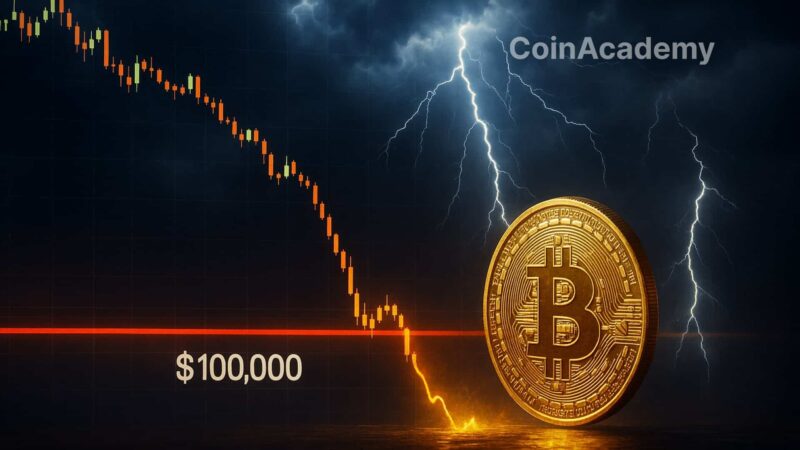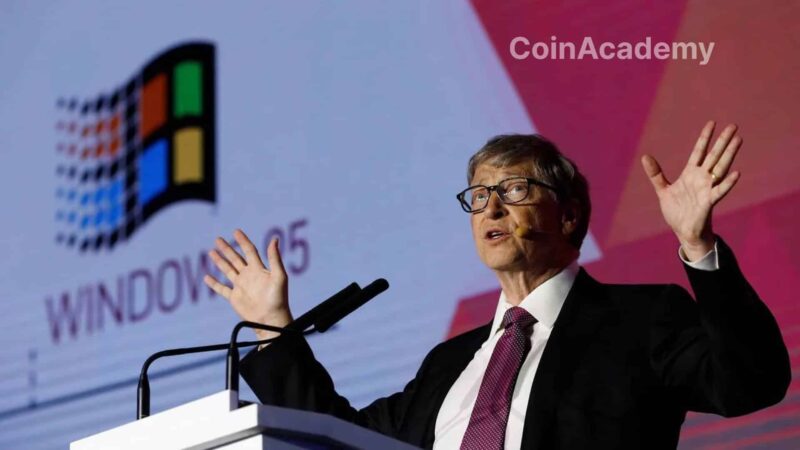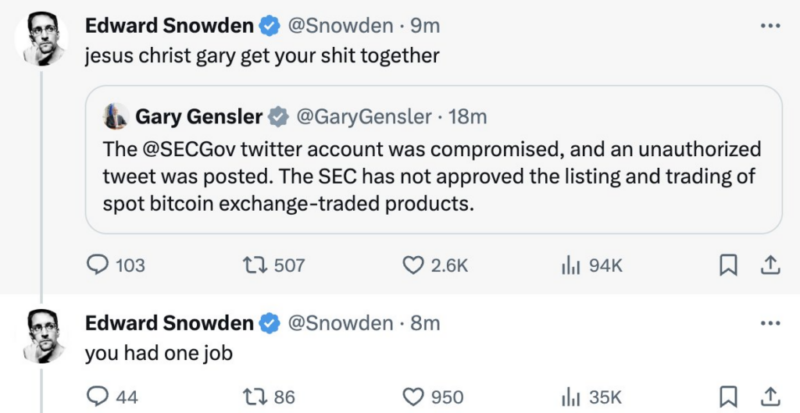Paul Atkins, new SEC president, asserts that only a few tokens should be considered as securities, breaking from Gary Gensler’s strict stance and paving the way for more crypto-friendly regulation.
A Radical Shift Post-Gensler
The SEC chief, Paul Atkins, has surprised everyone by stating that ‘very few’ tokens should be deemed as securities. This marks a significant change in tone after Gary Gensler’s tenure, who insisted that ‘most’ crypto assets fell under the securities category. As a result, both Wall Street and the crypto ecosystem see a regulatory window opening that has been long-awaited.
Atkins’ speech at the Wyoming Blockchain Symposium is a turning point. ‘Simply issuing a token does not necessarily mean it is a financial security,’ he emphasized. For him, the key lies in how the asset is packaged and marketed, not just in its existence.
Project Crypto: The SEC 2025 Version
Behind these declarations lies a strategy. Last month, the agency launched Project Crypto, an initiative aimed at modernizing securities laws and preparing the US economy for a massive ‘on-chain’ migration. A silent revolution that contrasts with the punitive logic of the previous administration.
For Atkins, the goal is clear: to create a sustainable framework that ‘protects markets from regulatory abuses.’ A statement that echoes as a jab at the old SEC, accused of stifling innovation and pursuing lawsuits against major industry players.
Ambitions Beyond the Crypto Market
Atkins’ vision extends beyond mere regulatory easing. He envisions a future where all assets, stocks, bonds, and even the dollar, circulate directly on the blockchain. It’s not just about regulating the existing crypto world, but a potential overhaul of the American financial infrastructure.
Some financial institutions show enthusiasm. Bernstein analysts describe it as ‘the boldest plan ever put forth by an SEC chairman,’ while Bitwise sees it as an investment roadmap for the next five years.
A Political and Economic Bet
Atkins’ strategy is risky yet clear: to demonstrate that the US can once again become a haven for crypto innovation. It’s also a way to catch up with Europe and its MiCA regulation, as well as Asia, which is already attracting a growing share of capital.
The key question remains: how far can the SEC go without clashing with Congress or sparking a full-blown war with advocates of strict regulation? Atkins seems willing to push boundaries, but the regulatory battle is far from won.
